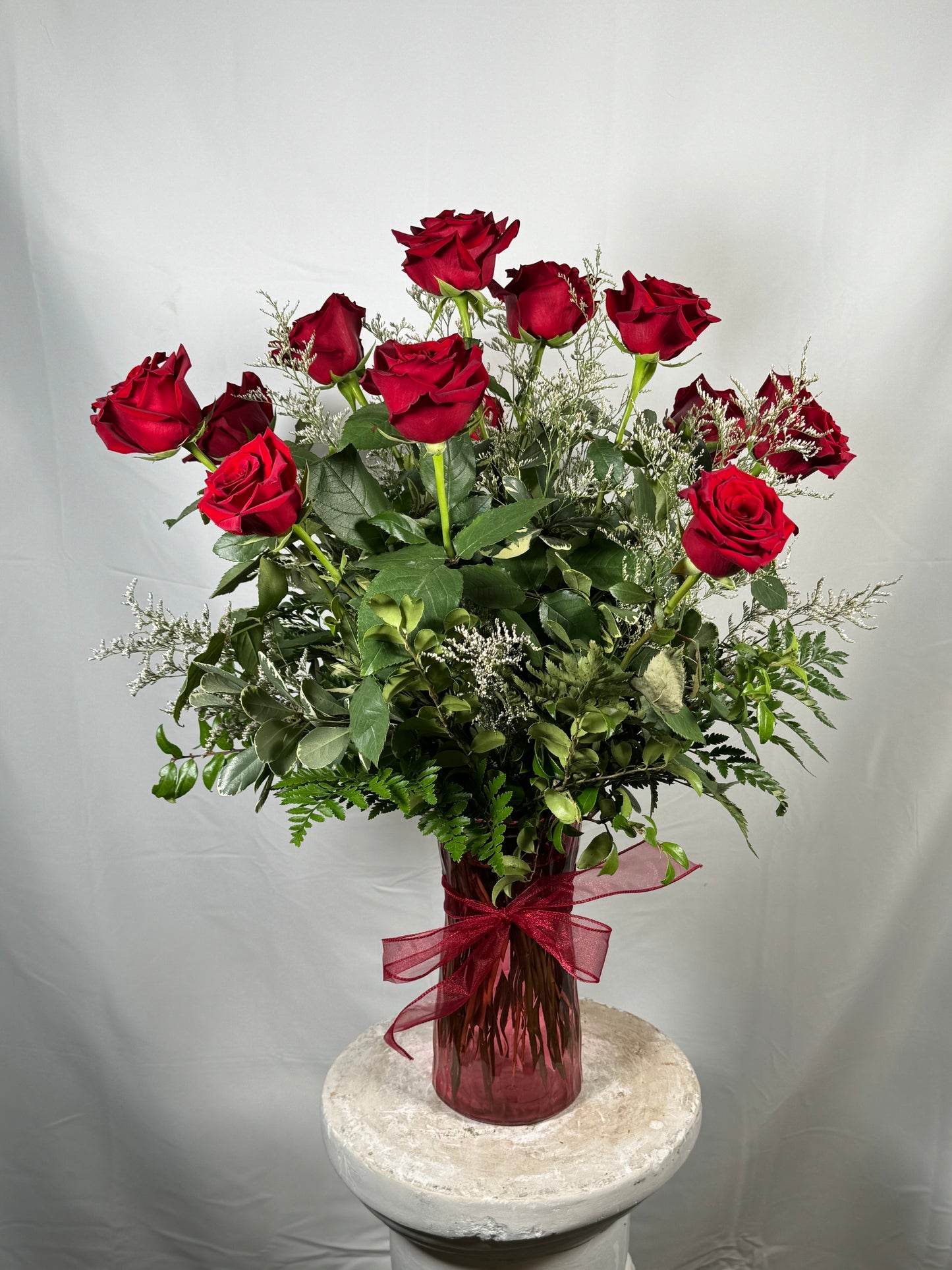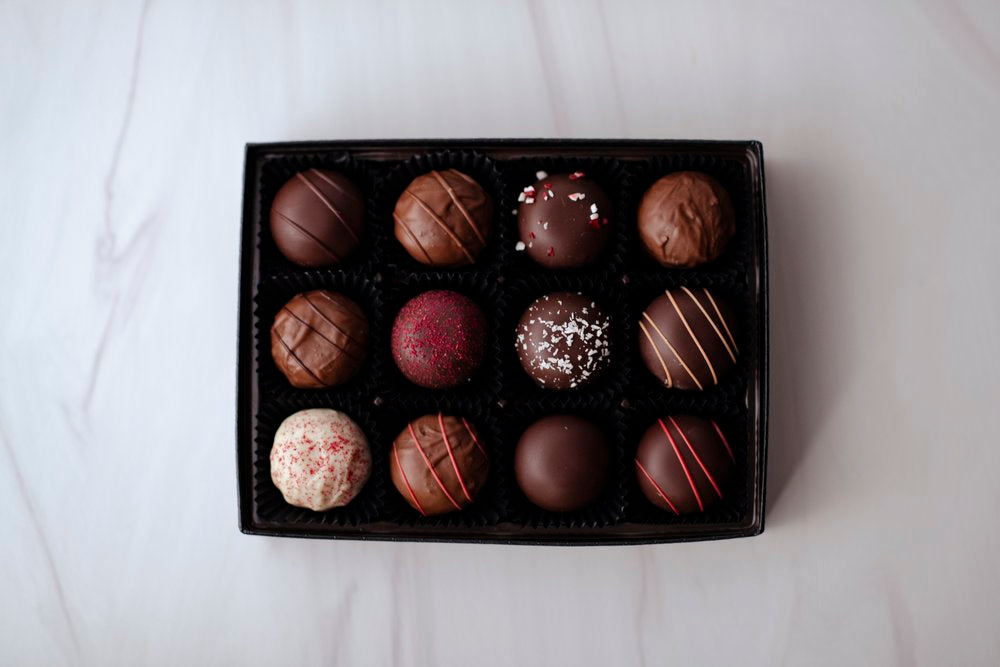
Carnations, with their delicate petals and vibrant hues, have enchanted humanity for centuries. Despite their enduring charm, they often bear the misconception of being a "cheap flower." However, delving into their rich history and exploring their diverse variations unveils a different narrative—one of resilience, versatility, and timeless elegance.
**Origins and Symbolism:**
The carnation, scientifically known as Dianthus caryophyllus, traces its roots back to the Mediterranean region, where it flourished in the rocky terrain of Greece and Italy. Its name is derived from the Latin words "caro" (meaning flesh) and "natus" (meaning born), possibly referring to its original pinkish hue.
Throughout history, carnations have been imbued with symbolism. In ancient Rome, they were associated with love and were often used in ceremonial garlands. Later, during the Victorian era, each color of carnation conveyed a distinct message, from admiration (pink) to fascination (striped).
**Versatility and Cultivation:**
Carnations are renowned for their versatility, making them a favorite among florists and gardeners alike. They thrive in various climates and can be grown in gardens, pots, or greenhouses, adding a touch of elegance to any space.
With advancements in horticulture, the spectrum of carnation varieties has expanded exponentially. Today, one can find a plethora of cultivars boasting diverse colors, sizes, and petal shapes. From classic hues like red, white, and pink to exotic shades of lavender and bi-colors, the modern carnation offers endless possibilities for floral arrangements and landscaping.
**The "Cheap Flower" Stigma:**
Despite its enduring popularity, the carnation has, unfortunately, garnered a reputation as a "cheap flower." This stigma stems from its affordability and widespread availability, often leading it to be overlooked in favor of more exotic blooms.
However, this perception fails to acknowledge the inherent beauty and versatility of the carnation. With proper care and creativity, these blossoms can transform any arrangement into a stunning masterpiece. Moreover, the emergence of novel cultivars, such as spray carnations and mini carnations, has elevated the flower to new heights of sophistication and elegance.
**Embracing Carnations in Modern Floral Design:**
In recent years, there has been a resurgence of interest in carnations among floral enthusiasts and designers. Their longevity, affordability, and ability to complement other blooms make them indispensable in both classic and contemporary arrangements.
Furthermore, the advent of eco-friendly practices in floristry has underscored the appeal of carnations, as they are less resource-intensive to cultivate compared to some exotic flowers. By incorporating locally grown carnations into their designs, florists can promote sustainability while celebrating the timeless allure of this beloved flower.
**Conclusion:**
In conclusion, the carnation flower stands as a testament to the enduring beauty found in simplicity. Its rich history, versatile nature, and vibrant array of varieties make it a perennial favorite among flower lovers worldwide. Rather than dismissing it as a "cheap flower," let us celebrate the carnation for what it truly is—a symbol of elegance, resilience, and everlasting charm.
**Origins and Symbolism:**
The carnation, scientifically known as Dianthus caryophyllus, traces its roots back to the Mediterranean region, where it flourished in the rocky terrain of Greece and Italy. Its name is derived from the Latin words "caro" (meaning flesh) and "natus" (meaning born), possibly referring to its original pinkish hue.
Throughout history, carnations have been imbued with symbolism. In ancient Rome, they were associated with love and were often used in ceremonial garlands. Later, during the Victorian era, each color of carnation conveyed a distinct message, from admiration (pink) to fascination (striped).
**Versatility and Cultivation:**
Carnations are renowned for their versatility, making them a favorite among florists and gardeners alike. They thrive in various climates and can be grown in gardens, pots, or greenhouses, adding a touch of elegance to any space.
With advancements in horticulture, the spectrum of carnation varieties has expanded exponentially. Today, one can find a plethora of cultivars boasting diverse colors, sizes, and petal shapes. From classic hues like red, white, and pink to exotic shades of lavender and bi-colors, the modern carnation offers endless possibilities for floral arrangements and landscaping.
**The "Cheap Flower" Stigma:**
Despite its enduring popularity, the carnation has, unfortunately, garnered a reputation as a "cheap flower." This stigma stems from its affordability and widespread availability, often leading it to be overlooked in favor of more exotic blooms.
However, this perception fails to acknowledge the inherent beauty and versatility of the carnation. With proper care and creativity, these blossoms can transform any arrangement into a stunning masterpiece. Moreover, the emergence of novel cultivars, such as spray carnations and mini carnations, has elevated the flower to new heights of sophistication and elegance.
**Embracing Carnations in Modern Floral Design:**
In recent years, there has been a resurgence of interest in carnations among floral enthusiasts and designers. Their longevity, affordability, and ability to complement other blooms make them indispensable in both classic and contemporary arrangements.
Furthermore, the advent of eco-friendly practices in floristry has underscored the appeal of carnations, as they are less resource-intensive to cultivate compared to some exotic flowers. By incorporating locally grown carnations into their designs, florists can promote sustainability while celebrating the timeless allure of this beloved flower.
**Conclusion:**
In conclusion, the carnation flower stands as a testament to the enduring beauty found in simplicity. Its rich history, versatile nature, and vibrant array of varieties make it a perennial favorite among flower lovers worldwide. Rather than dismissing it as a "cheap flower," let us celebrate the carnation for what it truly is—a symbol of elegance, resilience, and everlasting charm.












































